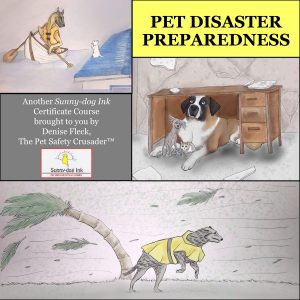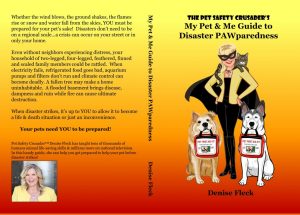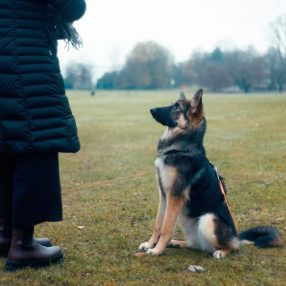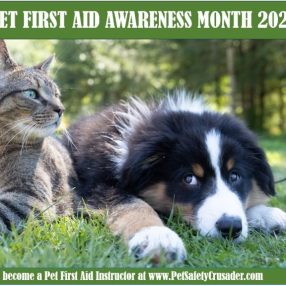 I suppose it’s possible, yet highly unlikely in this age of ever-present news, that you may not have realized what’s been happening to our Eastern Seaboard and even inland. Tremendous flooding is not wreaking havoc just at the coast, but rivers are cresting due to Hurricane (now Tropical Storm) Florence and waters are rising 8-10 feet in some areas.
I suppose it’s possible, yet highly unlikely in this age of ever-present news, that you may not have realized what’s been happening to our Eastern Seaboard and even inland. Tremendous flooding is not wreaking havoc just at the coast, but rivers are cresting due to Hurricane (now Tropical Storm) Florence and waters are rising 8-10 feet in some areas.
A Hurricane is a large tropical storm in the Atlantic or East Pacific Ocean (Northern Hemisphere from the Greenwich Meridian all the way to the International Date Line) that forms over warm waters but can travel inland. Swirling winds are upwards from 70 mph and can be very destructive to life and property causing subsequent flooding, storm surge and tornadoes. Once reaching 111 mph this storm is referred to as a Major Hurricane (Categories 3, 4 and 5).
Whereas a Typhoon is what we call a large tropical storm in the Western North Pacific Ocean (the Pacific north of the Equator and west of the International Dateline) that forms over warm waters but can travel inland. Swirling winds are upwards from 70 mph and can be very destructive to life and property causing subsequent flooding, storm surge and tornadoes. Category 4 and 5 storms are referred to as a Super Typhoon. Typhoons can be stronger and occur more frequently than hurricanes due simply to the warmer waters over which they form, yet they cause comparatively less damage due to less urban sprawl in their vicinity.
And then there are Cyclones, large tropical storms in the Indian Ocean and Southern Pacific that forms over warm waters but can travel inland. Swirling winds are upwards from 70 mph and can be very destructive to life and property causing subsequent flooding, storm surge and tornadoes.
If a storm forms in one place but then crosses the International Date Line, it will get a new name like Hurricane Genevieve did in 2014. It formed in the eastern Pacific, then moved west and became Super Typhoon Genevieve.

To help you and your family survive storms like these, or any kind of natural or man-made disaster, I strongly encourage you to take this Disaster Preparedness Course and get your written plan and supplies in place www.petsit.com/disaster Not just for pet sitters or even pet parents, those of you without animals in your life should take this too as it offers the 4-1-1 as to what humans need to do to stay safe!
I took the Disaster Pawparedness course over the summer. I’m glad I took the course when I did because I was able to use the information I learned when I was forced to evacuate Myrtle Beach when Hurricane Florence was looming. I was at a professional pet sitters’ conference there, and even before we were told to evacuate, I started thinking about what Denise taught about hurricane preparedness and started acting. If you fail to plan, you plan to fail! I highly recommend that folks take this course. It’s not just for pet sitters – it’s for everyone! You never know when you will need to spring into action in an emergency. — Cathy Duvall, Goin’ to the Dogs Pet Sitting – Mineral Bluff, GA

I just completed the Disaster Planning for Professional Pet Sitters course through Pet Sitters International by The Pet Safety Crusader! The course was very informative on how to prepare for and react to natural and man-made disasters.
The companion book to the course “The Pet Safety Crusader’s My Pet & Me Guide to Disaster PAWparedness” by Denise Fleck is a MUST read! I can’t wait to start working on my Emergency Plan! –Christina Walker, Top Dog Pet Sitter – Villa Rica, GA
Here are a few excerpts from the book which is available on AMAZON in print and e-versions:
GET READY
In addition to readiness covered in Chapter 3…
- Secure double entry doors (top and bottom bolts) which could likely blow open due to high winds.
- Strengthen existing garage doors to improve their wind resistance.
- Add storm shutters to windows or have 1” marine plywood pre-cut to fit your doors and windows available.
- Keep rain gutters and drains flowing smoothly.
- Choose a place to store lawn furniture, dog house, trashcans, garden tools, etc. so that when the winds blow, you’ll have a plan. Any of these objects can become projectiles when tossed about by high winds.
- Consult with your local fire department before considering installing a lightning-type rod.
- Learn about your local community’s emergency warning system.
- Choose the safest place IN your home to retreat to (away from windows, skylights and glass doors).
- Visit the National Flood Insurance Program (FloodSmart.gov) as standard homeowner’s insurance policies don’t cover flooding and you need to prepare for the recovery stage.
REACT
Once the wind circles, the rain & hail fall or the thunder begins to roar…go indoors and get pets inside too! If you can hear it, you are close enough to be in danger of a lightning strike. The National Weather Service recommends staying inside for 30 minutes after you hear the last thunder clap.
Quickly emBARK on the following at the first mention a storm is heading your way:
- Hide hard-to-move items, such as large fish aquariums or reptile terrariums under tables and cover with a mattress if at all possible.
- Board up windows and secure shutters.
- Avoid using electrical equipment and telephones, unless cell or battery operated.
- Use plumbing minimally.
- Stow all items that can blow away, including dog houses, rabbit hutches and items in catios (screened cat porches).
- Evacuate everyone if told to leave. No one can anticipate how high water may rise. Even birds can perish in cages or fish on high shelves.
- If you are outside and cannot reach a building, stay away from water, tall trees, fences, bleachers and other metal objects including picnic shelters, sheds and dug outs – none of which are safe in electrical storms.
- If you are driving, safely exit and park staying in your vehicle with emergency flashers on. Avoid touching metal or other surfaces that conduct electricity.
If a human or a pet has been struck by lightning, they need medical attention. A pet or human struck by lightning does not retain an electrical charge so they can be safely touched. Begin rescue breathing and CPCR (Refer to Chapter 21 First-Aid) if needed, and assign someone else to check other pets and people for injuries – cuts, burns, head trauma, broken bones.
RECOVER
Remain alert to news and information for your area. Substantial rainfall and flooding may continue once the tropical storm has ended.
If you evacuated, return home only when deemed safe to do so by officials.
Danger of disease after a flood is real. Keep pets away from standing water, and keep a good fresh supply on hand. Refer to tips on pages 43-44 and 162-163 to purify available water making it potable. Amidst disaster, you don’t want to also be dealing with vomiting, diarrhea and dehydration – people or pets!
Be alert to fallen and dangling power lines, broken water and gas lines. Report any immediately to your power company. If you smell gas or hear hissing/see bubbling, get out and call the gas company immediately. If power lines are down, avoid stepping in water.
Inspect home for damage and take good pictures for your insurance company. Proceed cautiously being on the lookout for foundation cracks, supports on overhangs, etc.
Lookout for wildlife, including venomous snakes in some areas, that could have entered your home with floodwaters.
Avoid using tap water until you are sure it is not contaminated. Even once you’ve received the go-ahead, let it run through pipes or continue to boil for safety sake until you’re double doggone sure. Always better to err on the side of caution.
Dispose of any spoiled food making sure your pet cannot reach it either.
Clean up spills, broken glass and other dangers before furry paws get saturated or injured.
Use your telephone only for emergency calls taking care not to tie up lines while your community is still in recovery stages.
Also refer to basic tips in Chapter 5 Recover.
IF YOU FAIL TO PLAN, YOU PLAN TO FAIL! Don’t think because you’ve survived one cataclysmic event that there won’t be another. Reassess what went well, what you wish you had or had done and get ready for the next one. It’s no longer IF you will face an emergency, but rather WHEN!
Please catch my VLOG on this topic: https://youtu.be/ZwUnpZNyj6Y __________________________________________________________
For 20 years Denise Fleck’s Sunny-dog Ink motto has been “Helping people to help their pets,” and she has…teaching more than 15,000 pet lovers animal life-saving skills and millions more on “The Doctors,” CNN, “Kirstie Alley’s Big Life,” Animal Planet and other TV shows. Denise is a frequent conference speaker, developed a line of pet first aid kits and now offers classes online.
Note: The articles on this page are copyrighted. Please do not reprint or use portions for any purpose without written permission from the author. Request permission for usage by sending an email explaining how you’d like to use the materials and what parts specifically. Thank you in advance!










